The shaded region in the given figure is
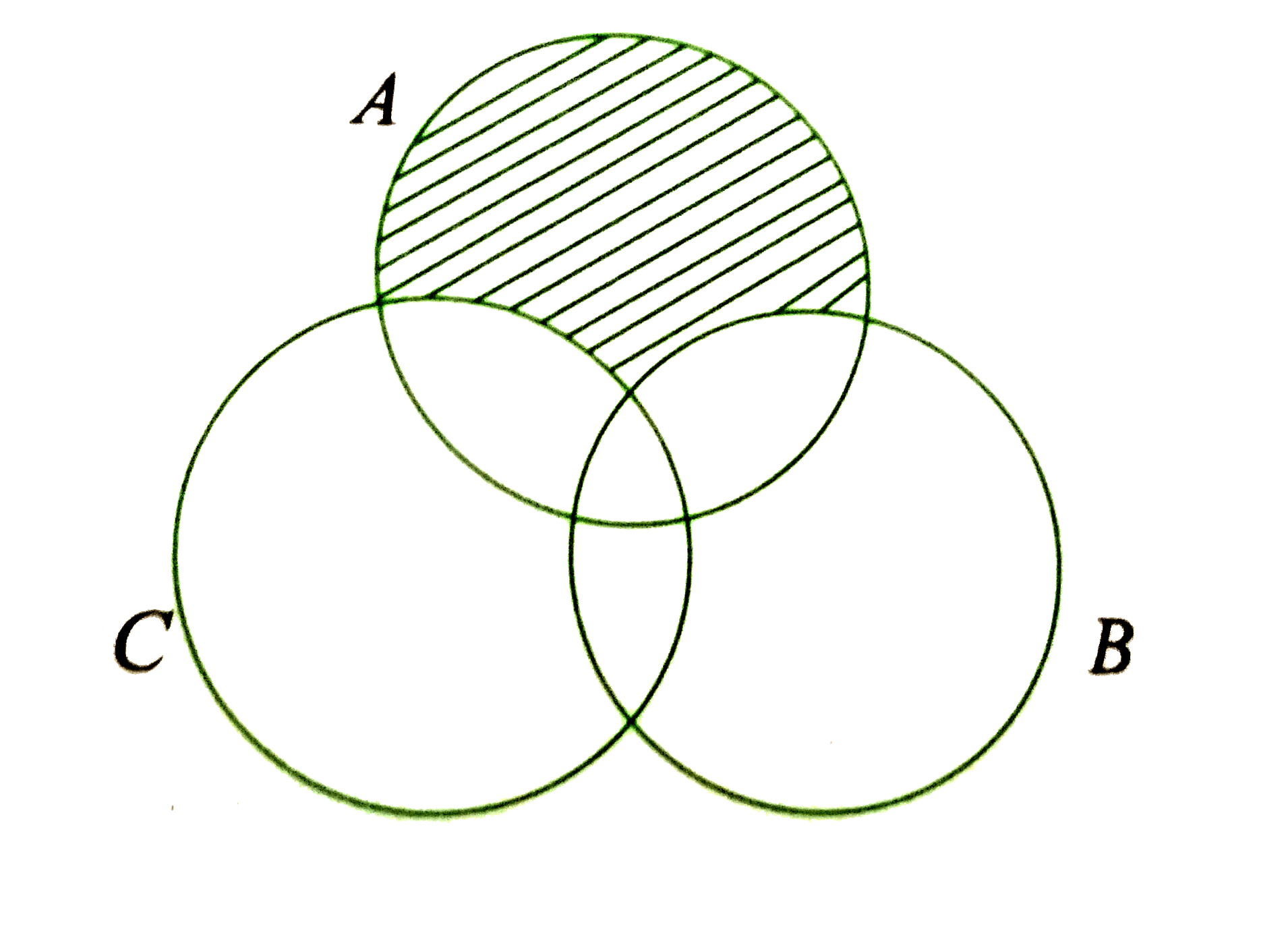
A∩(B∪C)
A∪(B∩C)
A∩(B−C)
A−(B∪C)
The correct Answer is:D
The Shaded region in the figure is clearly A−(B∪C)
Topper's Solved these Questions
- SET THEORY AND REAL NUMBER SYSTEM Book:CENGAGE ENGLISHChapter:SET THEORY AND REAL NUMBER SYSTEM Exercise:Archives
Explore 1 Video
- SET THEORY AND REAL NUMBER SYSTEM Book:CENGAGE ENGLISHChapter:SET THEORY AND REAL NUMBER SYSTEM Exercise:Concept Application Exercise 1.5
Explore 12 Videos
- SCALER TRIPLE PRODUCTS Book:CENGAGE ENGLISHChapter:SCALER TRIPLE PRODUCTS Exercise:DPP 2.3
Explore 11 Videos
- SOLUTIONS AND PROPERTIES OF TRIANGLE Book:CENGAGE ENGLISHChapter:SOLUTIONS AND PROPERTIES OF TRIANGLE Exercise:Comprehension Type
Explore 6 Videos
Similar Questions
The boundary of the shaded region in the given figure consists of three semicircular areas, the smaller ones being equal. If the diameter of the larger one is 14 cm, calculate
(i) the length of the boundary
(ii) the area of the shaded region
View SolutionFind the area of the shaded region in the given Figure , if ABCD is a square of side 14 cm and APD and BPC are semi-circles.
View Solution
Knowledge Check
What is the area of shaded region in the figure?
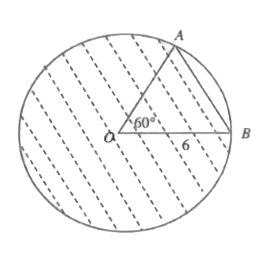 A10π+27√3B10π+274√3C30π+27√3D30π+9√3
A10π+27√3B10π+274√3C30π+27√3D30π+9√3
Find the area of the shaded region in the adjoing figure :
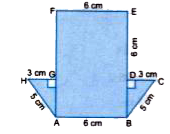
View SolutionFind the area of the shaded region in the adjoing figure :

View SolutionFind the area of the shaded region in the adjoing figure :
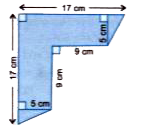
View SolutionFind the area of the shaded region in the adjoing figure :
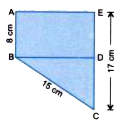
View SolutionFind the area of the shaded region in the adjoing figure :

View SolutionFind the area of the shaded region given in figure.
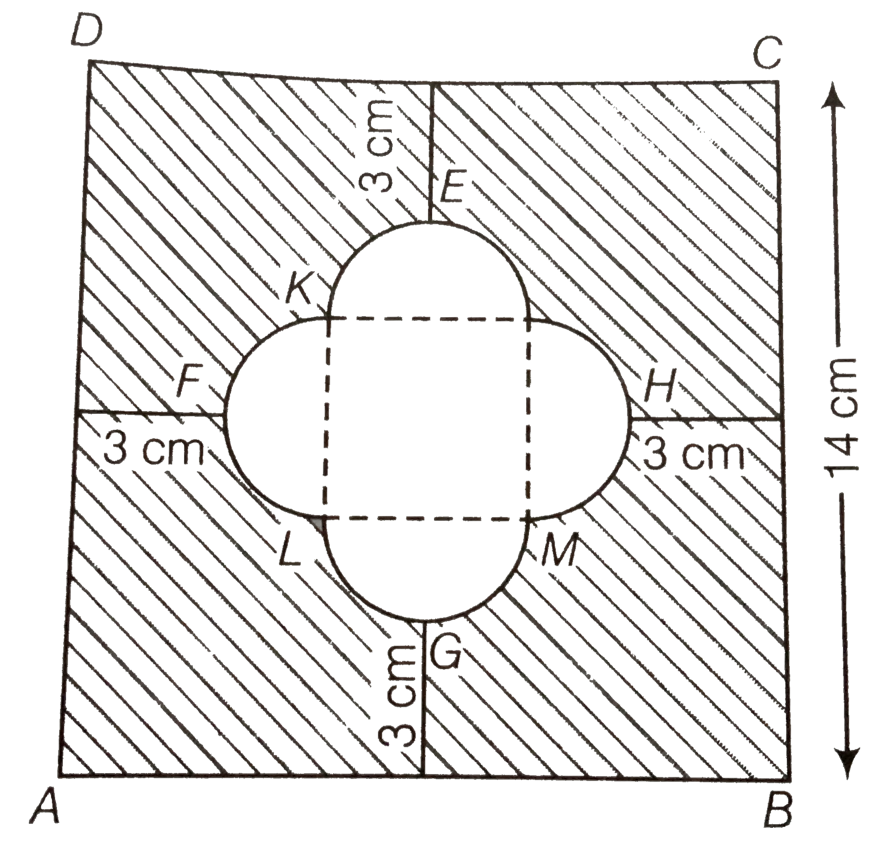
View SolutionFind the area of the shaded region in Figure, if PQ=24cm,PR=7cm and O is the centre of the circle.
View Solution